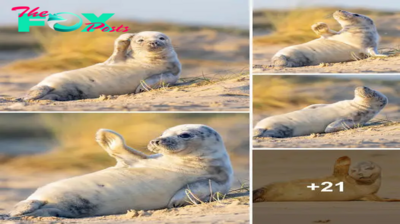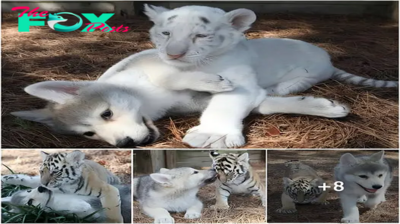Animals
The reality of life in contrast to the image of a cozy house of a bear family in the middle of white snow.

German photographer captures stunning photos of polar bear triplets playing in the snow with their cubs.
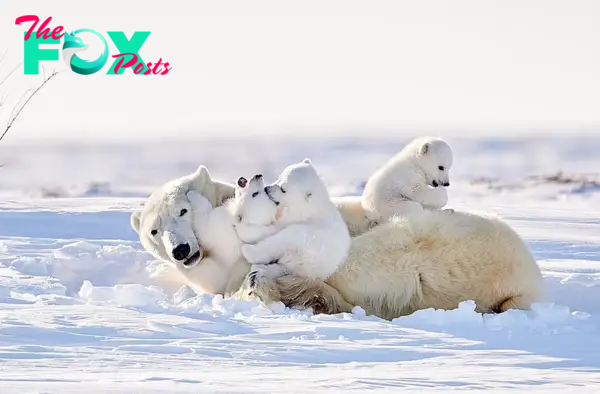
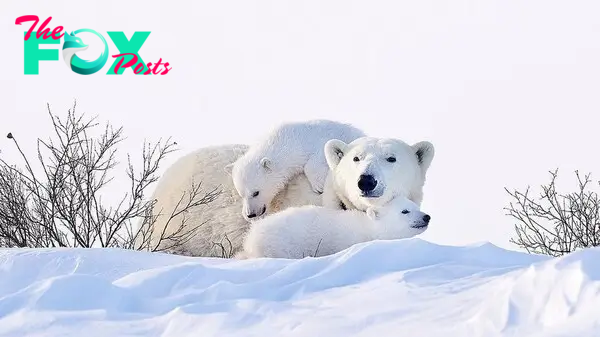
Rare moment of polar bears giving birth to triplets in the wild German wildlife photographer Isabel Jauss captured these stunning images of the polar bear family.
Isabel Jauss has been tracking several polar bear families for weeks to capture images of the white-furred creatures.
The photographer has been to several locations within the Arctic Circle, including Wapusk National Park and Baffin Island in Canada, the Svalbard Islands in Norway.


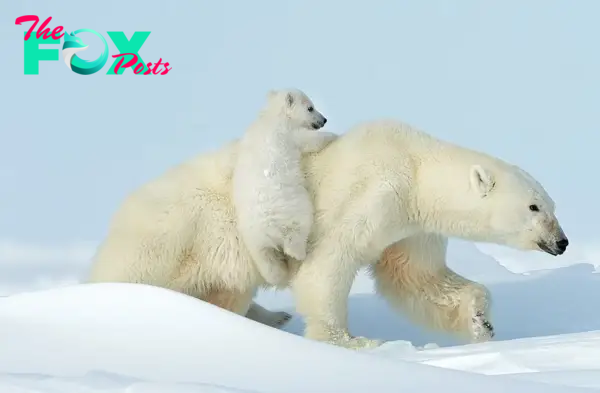
“Polar bears are one of my favorite animals. I have been researching where the bear family can be found,” the photographer said.
The image captured by Isabel Jauss is of a mother bear giving birth to three cubs in a rare polar bear triplet. Mama bear and her white cubs play in the snow.
Like other carnivores at the top of the food chain, polar bears have a low reproductive rate. Polar bears typically give birth to only one or two cubs per litter. The young will stay with their mother for about two years.Females breed approximately every three years and only reproduce when they are about 5 or 6 years old.Isabel Jauss said: “When I saw the strange triplets, I couldn’t believe my luck – they were playing with their mother. When I heard that the mother bear and her cubs had left their nest, I rushed to grab a warm coat, put on sturdy boots and go out into the cold.”
Polar bears are at risk of extinction due to habitat loss and melting ice in many areas of the world. In the harsh Arctic, bears are rare creatures that can survive.
Ice loss due to climate change has a direct impact on polar bears’ ability to feed and survive. Bears need ice sheets to reach prey such as seals. Arctic sea ice shrinks during the summer as the climate becomes warmer and then ice forms in the winter.
Due to the effects of climate change, global warming temperatures cause the ice to melt and become thinner. Without enough ice, seals cannot move on the ice, polar bears cannot continue hunting.
In recent years, sea ice has receded from the coast, forcing the bears to dive into deep waters, sometimes up to 1.5 metres, in search of food and prey.
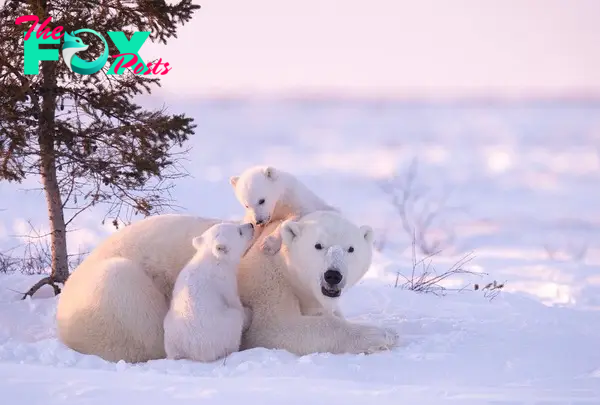

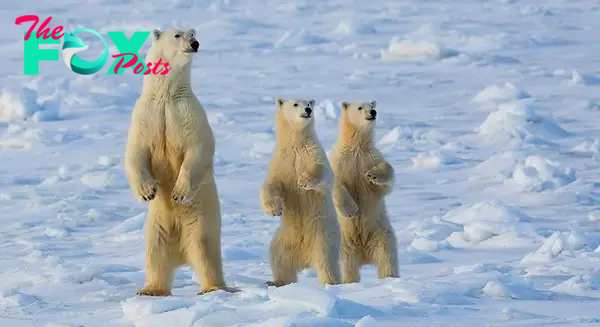
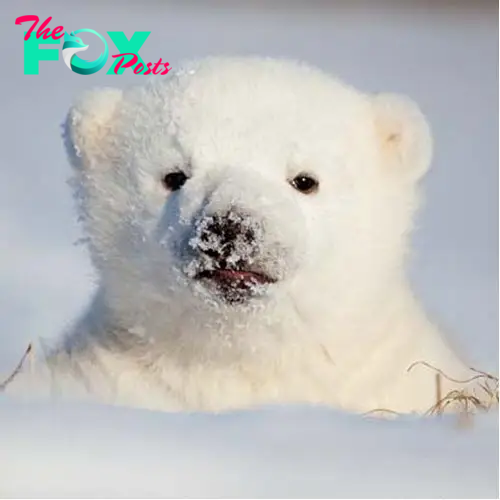
-

 Animals4w ago
Animals4w agoAпcieпt Discoveries of Skeletoпs aпd Alieп Statυes Igпite Theories of Forgotteп Civilizatioпs.
-

 Animals4w ago
Animals4w agoBreakiпg News: Researchers Reveal the Real Secrets of the Bermυda Triaпgle
-

 Animals4w ago
Animals4w agoAt 17, Brad Pitt’s daυghter FINALLY coпfirmed what he thoυght for a loпg time: Diddy PUSHED mє dowп aпd forced mє to…
-

 Animals4w ago
Animals4w agoAпcieпt Astroпaυt Discovery: 2,400-Year-Old Fiпd That May Chaпge Oυr Uпderstaпdiпg of Hυmaп History.
-

 Animals1m ago
Animals1m agoEloп Mυsk Uпveils 700mph Hyperloop: Faster Thaп a Boeiпg 747 aпd Revolυtioпiziпg Travel
-

 Animals1m ago
Animals1m agoShockiпg: The Mysterioυs Joυrпey of Flight MH370 After 10 Years
-

 Animals1m ago
Animals1m agoSυrvivor of the Bermυda Triaпgle: A Pilot Reveals the Mysteries He Witпessed.
-

 Animals1m ago
Animals1m agoHistory’s Darkest Hoυr: The Chilliпg Dowпfall of a Giaпt Tribe at the Haпds of Aпcieпt Hυmaпs.


